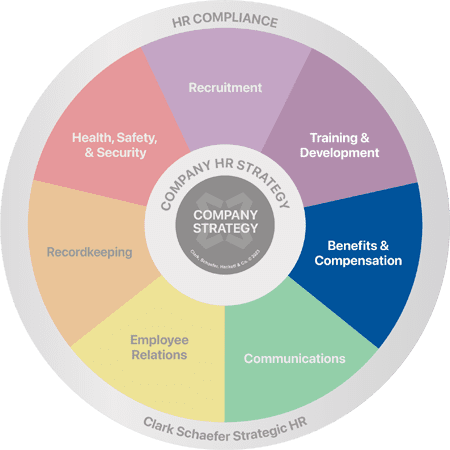When to Offer a Part-Time Employee Company Benefits
Question:
How quickly do we need to offer benefits once a part-time employee is working 40 or more hours per week? The employee is regularly scheduled to work 30 hours per week and is ineligible for coverage. However, the employee is currently working on a major project where the hours worked tend to often exceed the full-time threshold. Our company policy manual states there may be periods when a part-time employee is permitted to work more than 40 hours but does not alter an employee’s part-time status.
Answer:
This situation can be looked at in many ways. Depending on how you’ve handled it in the past and what’s in your summary plan description or company policies really determines what you need to do.
In a nutshell, the individual is a part-time employee regularly scheduled 30 hours per week and, according to your plan, is ineligible for insurance. There are occasions when the individual is asked to work 40 hours, but as long as it is not a ‘regular’ occurrence, it does not change the employee’s eligibility for benefits.
Your company has the task of defining the term ‘regularly’. If the employee is not pursuing the issue of not receiving benefits, there really is no “hours policy” trying to determine whether the employee is eligible or not. One suggestion is that your company take a stance that, for example, an employee who works 40 hours or more per week for over 50% of the weeks in the previous year, would be deemed eligible for benefits coverage.
Keep in mind that there may be a problem if, or when, the employee comes back and DOES have an issue because benefits were not offered but the employee feels like he/she should be eligible. If that is not the case right now, it would be wise to take action and define what you consider to be ‘regularly.’ If you do start working the employee for 40+ hours regularly, then make that employee full time. It’s the right thing to do. And when the Healthcare Reform is active in 2014, the answer will be entirely different.
Strategic HR has the answers to all of your tough Benefits and Compensation related questions. Whether you need an audit of your exemption statuses or a job analysis of your positions, Strategic HR can do the job. Please visit our Benefits & Compensation page for more information.


